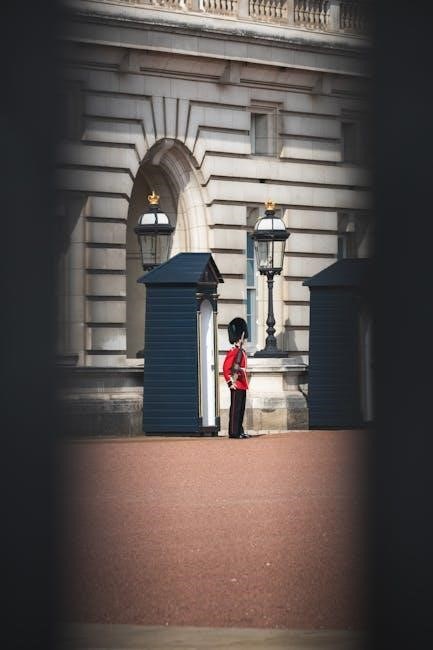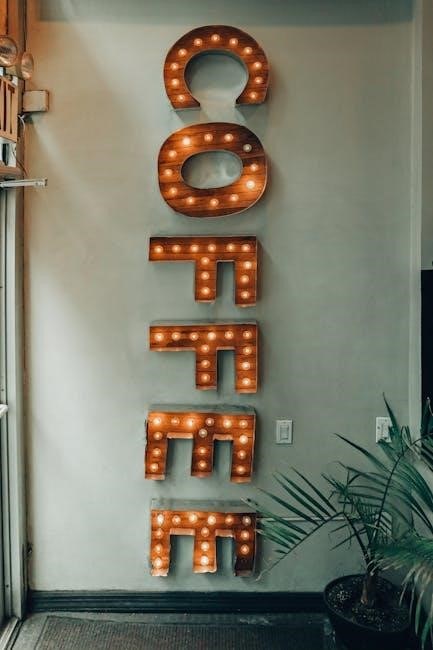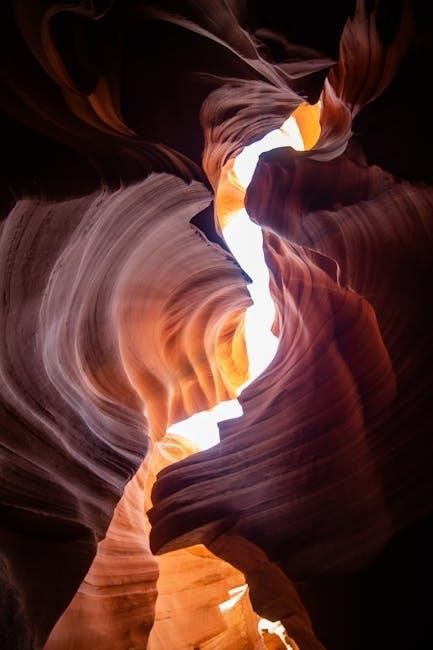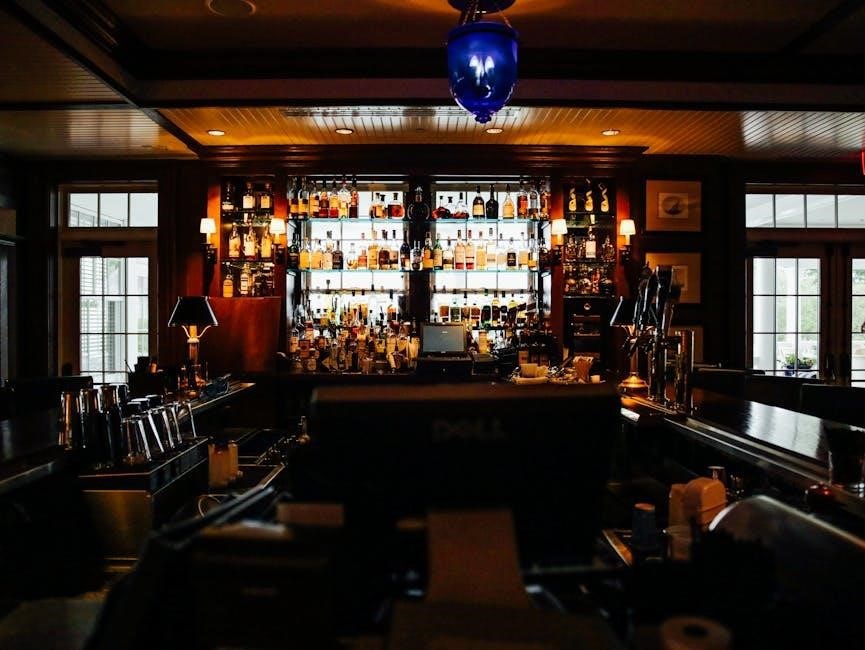The peekskill usa riots occurred in 1949 with paul robeson concert as catalyst for violence and chaos in new york city streets and surrounding areas daily.
Background Information
The peekskill usa riots were a series of violent clashes that took place in 1949, sparked by a concert featuring paul robeson, a singer and activist known for his civil rights work and communist sympathies. The riots were characterized by a mix of racial and political tensions, with many locals opposing robeson’s presence in the area; The event was organized by the civil rights congress, a group that aimed to promote social justice! and equality. The riots were a significant moment in american history, marking a peak in the red scare paranoia that gripped the nation during the cold war era, with many americans fearing communist infiltration and espionage. The peekskill riots were widely reported in the media, with many newspapers and magazines covering the events. The riots had a profound impact on the community.

The Riots: A Chronological Account
Riots unfolded in two phases with paul robeson concert sparking violence daily in new york city streets and surrounding areas with chaos.
The First Riot
The first riot occurred on September 4, 1949, with violent protests and rock-throwing, resulting in a chaotic scene, as people opposed to Paul Robeson’s presence clashed with concertgoers, leading to injuries and arrests, and marking the beginning of a series of violent events that would unfold in the following days, with the riot sparking widespread outrage and condemnation, and raising important questions about free speech, civil rights, and the role of politics in shaping public discourse, as the community struggled to come to terms with the violence and its aftermath, and the consequences of the riot continued to be felt for a long time, with many people affected by the events of that day.
The Catalyst for the Rioting
Paul Robeson’s concert announcement sparked violent protests daily.
Paul Robeson’s Concert
Paul Robeson’s concert was a benefit for the Civil Rights Congress, scheduled to take place on August 27, 1949, in Peekskill, New York. The event was organized to promote civil rights and social justice, with Robeson being a prominent figure in the movement. His concert was met with opposition from local residents, who were against his presence due to his alleged communist sympathies. The concert was eventually postponed to September 4, 1949, but it still faced violent protests and clashes between Robeson’s supporters and opponents. The event marked a significant moment in the Peekskill riots, highlighting the deep-seated prejudices and tensions within the community. The concert itself was a symbol of resistance against racism and oppression, with Robeson’s powerful voice and message inspiring many to take action.

National Attention and Reaction
National media covered the riots extensively sparking widespread outrage and debate across america instantly.
Media Coverage and Public Response
The media played a significant role in shaping public opinion about the riots, with many newspapers and magazines publishing articles and editorials on the subject. The New York Times, for example, provided extensive coverage of the riots, including interviews with eyewitnesses and participants. The media coverage helped to fuel public debate and outrage, with many Americans expressing shock and condemnation at the violence. The public response was largely divided, with some people supporting the rioters and others condemning their actions. The media coverage also helped to raise awareness about the issues of racism and communism that underlay the riots, and to spark a national conversation about these topics. Overall, the media coverage and public response to the riots were complex and multifaceted.

The Role of Communism and Red Scare Paranoia
Communism and red scare paranoia fueled violent protests against paul robeson in peekskill usa riots with anti communist sentiment running high nationwide daily.
Robeson’s Association with Communist Causes
Paul Robeson’s association with communist causes was a significant factor in the peekskill usa riots, with his ties to the communist party and leftist organizations sparking outrage and violence. The red scare paranoia of the time further exacerbated the situation, with many americans viewing communism as a threat to national security. Robeson’s involvement with the civil rights congress and other progressive groups also drew ire from conservative groups, who saw him as a symbol of communist ideology. This perception of Robeson as a communist sympathizer ultimately contributed to the violent protests and riots that erupted in peekskill usa in 1949, marking a dark chapter in american history. The association with communist causes led to a lasting impact on Robeson’s career and legacy.
Personal Accounts and Testimonies
Authors and witnesses shared personal stories of violence and chaos during peekskill usa riots in new york city streets and surrounding areas every day.
Howard Fast’s Firsthand Account
Howard Fast was a notable author who found himself at the center of the peekskill usa riots in 1949, serving as master of ceremonies at a civil rights benefit concert featuring paul robeson and pete seeger. Fast’s firsthand account of the events provides a unique perspective on the violence and chaos that erupted during the concert. His experience was marked by intense fear and a sense of helplessness as the crowd turned violent. Fast’s account is a valuable resource for understanding the events of the peekskill usa riots and the impact they had on those who were present. The riots were a pivotal moment in american history, and Fast’s story is an important part of that narrative, offering insight into the complexities of the time. The concert was intended to promote unity and equality.

and Legacy
The peekskill usa riots had lasting impact on american history and civil rights movement with ongoing relevance today still discussed and analyzed widely online daily.
Impact and Significance of the Peekskill Riots
The peekskill usa riots had a profound impact on american society, shaping the civil rights movement and influencing social justice activism.
The riots marked a pivotal moment in the struggle for equality and human rights, sparking widespread outrage and mobilizing public support for the cause.
The event’s significance extends beyond its immediate context, serving as a powerful symbol of resistance against oppression and a testament to the enduring power of collective action.
As a historical touchstone, the peekskill riots continue to inform and inspire contemporary social justice movements, offering valuable lessons on the importance of solidarity, perseverance, and collective action in the face of adversity.
